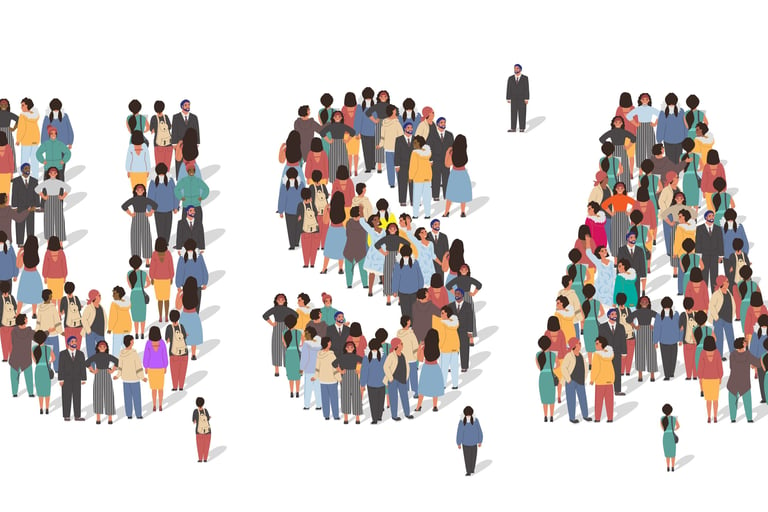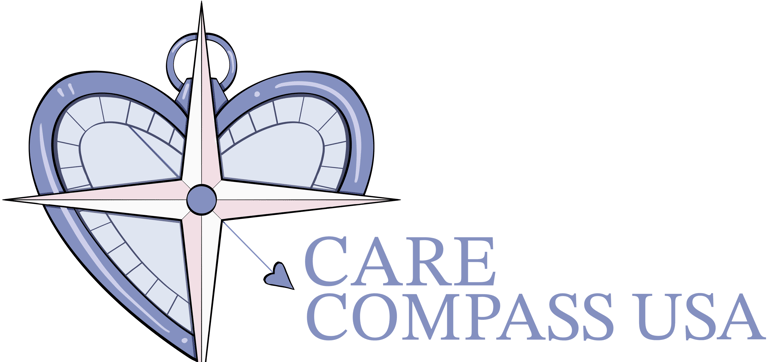

The US healthcare system is indeed one of the most complex in the world, due to a multitude of factors including its fragmented structure, the involvement of numerous stakeholders, and high costs. This complexity makes it difficult for patients to navigate, understand, and access care, while also impacting the efficiency and equity of the system as a whole.


How is the US healthcare system when compared to other countries? What are the differences and similarities? Why? Our team looked into Healthcare Systems on multiple Asian countries including Japan, Taiwan and China in terms of cost, funding, access to care, performance, and health outcome.


Immigrants face significant challenges in accessing and receiving healthcare, including legal restrictions, financial hardships, and cultural and linguistic barriers. These obstacles often result in higher rates of uninsurance, delayed care, and poorer health outcomes compared to the native-born population.


Common illnesses are widespread infectious diseases that can be caused by viruses, bacteria, or other pathogens. While most are minor and resolve on their own, some can become serious, especially for vulnerable populations like the very young, the elderly, or those with compromised immune systems.


